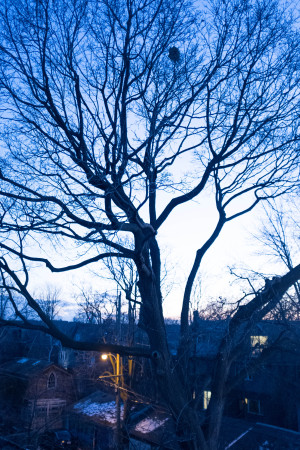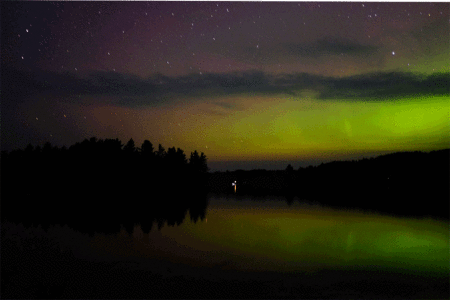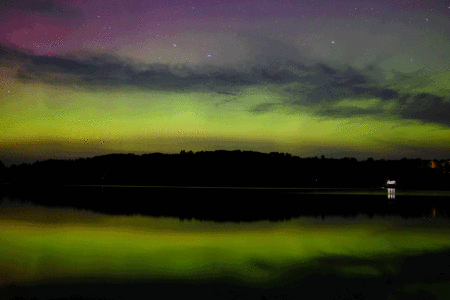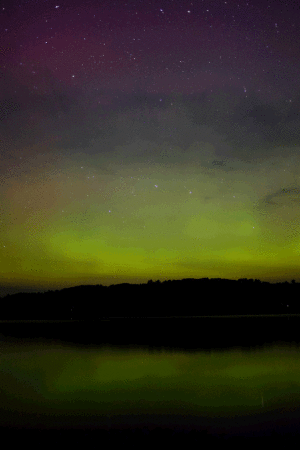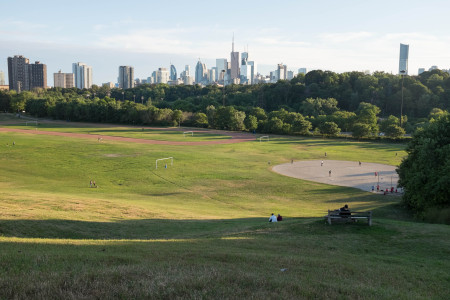About five years ago, soon after I moved to Toronto, I bought an olive-coloured Classic Beaufort jacket, manufactured by Barbour in the U.K. I was made aware of the brand and model by Fred Burton’s book Ghost: Confessions of a Counterterrorism Agent, in which he suggests that the jacket is a favourite among professionals who have to spend large amounts of time outside.
The jacket is excellent in a number of ways. I have worn it daily for at least half the year since getting it and have found it warm enough to cope with Toronto winter night temperatures, provided you wear an insulating layer underneath, and capable of coping with moderate rainfall. The provision of pockets is superb. There are two large exterior front pockets where I always carry both fingerless wool and leather gloves. There is a secure internal breast pocket which is insulated and ideal for an iPod. There is also a hidden pocket built into the (excessively expensive, $200) zip-in lining. Finally, there is a giant “poacher’s pocket” all along the bottom of the back of the jacket, which is large enough to carry a rabbit or a pheasant and which I have used to carry scarves, maps, photographic equipment, and so on. On the sides are two very useful open lined pockets where you can keep your hands warm.
The jacket has lots of little features that set it apart as a quality item. The zippers are of very good quality, especially the large zipper down the front. The flap around the neck is made of a quality corduroy-like material and it can be buttoned in place around your neck as a fairly effective scarf alternative.
The jacket is made of waxed cotton with a tartan internal lining. As such, even if you are careful to re-wax it every year, it eventually falls apart. Mine has started splitting at the cuffs. At the same time, holes have appeared all along the bottom of the sleeves. At the back and bottom of the jacket, where I inevitably sit on it, both the external waxed cotton and the internal lining have worn through in places. Also, in the last couple of days the small zipper on the breast pocket has broken in two different ways: the zip has come off one of the two rails, and a piece of one rail has detached from the rest of the jacket.
All told, the Beaufort is the best jacket I have owned for cool to frigid conditions and for photographic work. The one I have now remains quite functional, but is reaching the level of damage where I am considering replacing it. I know Barbour offers a well-regarded repair service, but it also seems like a jacket principally made of waxed cotton will inevitably weaken over time and that the money spent on shipping and repairs may be better invested in a whole new coat.

